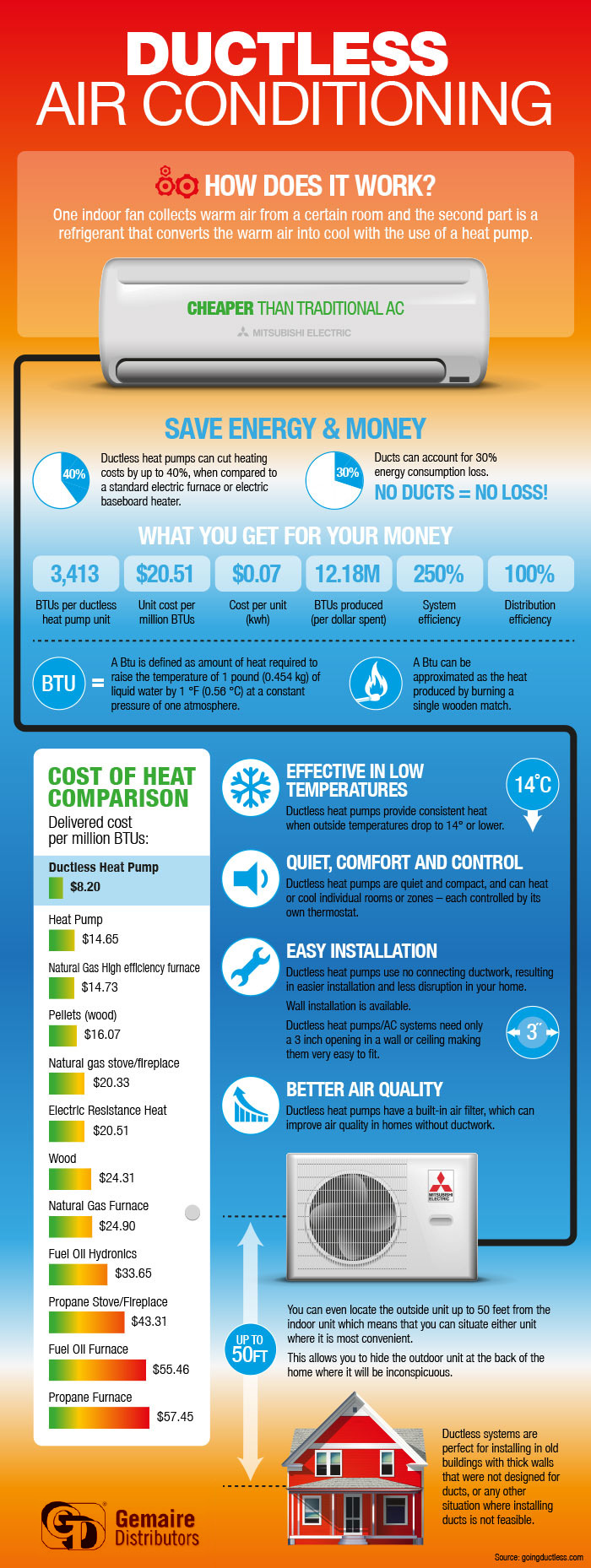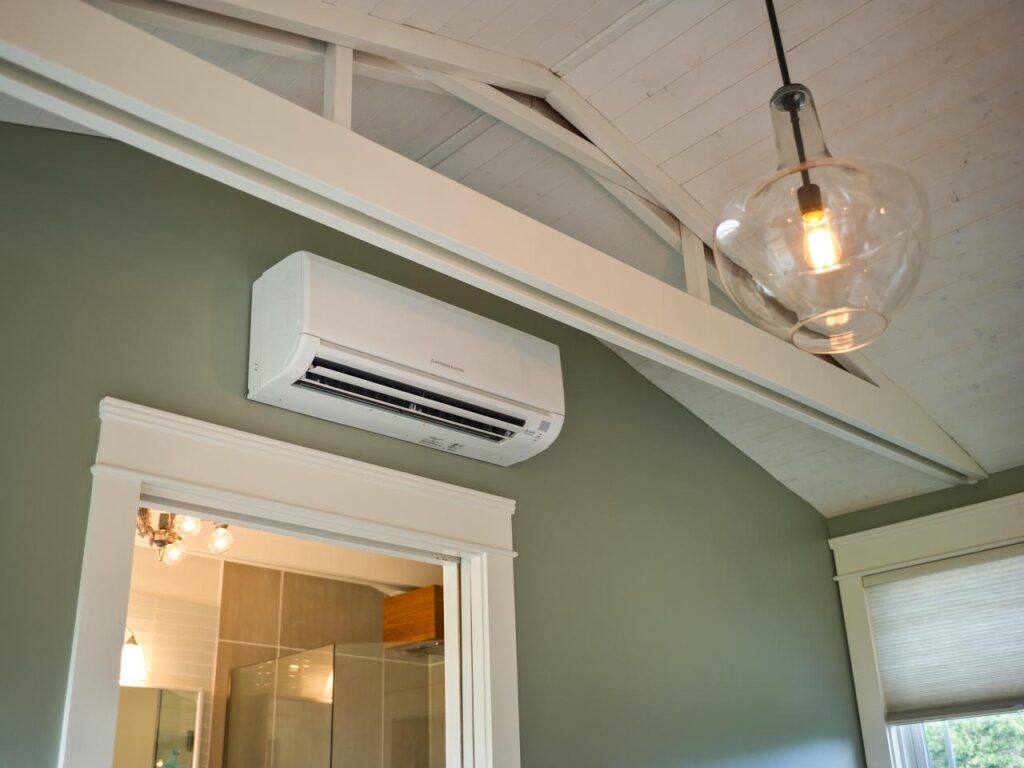Have you ever before questioned why cooling installation in skyscrapers provides unique challenges?
The complexity surpasses simply cooling down the areas efficiently. From steering limited area restraints to addressing upright circulation difficulties, each aspect calls for meticulous preparation.
However what concerning the structural considerations and making certain availability to electrical power for these systems?
These are just a few pieces of the problem that make taking on cooling installment in skyscrapers a complex venture.
Key Takeaways
- Calculated devices positioning and noise control are vital in high-rise AC setups.
- Reliable ductwork directing and maintenance access make sure optimal heating and cooling performance.
- Security, weight circulation, and adherence to building codes are vital for structural integrity.
- Power performance, access, and seamless assimilation improve air conditioning system functionality in skyscrapers.
Room Restraints
When installing air conditioning in skyscrapers, you may encounter space constraints that call for cautious planning and innovative services. Minimal accessibility to specific locations can position an obstacle throughout installation. To tackle this, customized tools and creative maneuvering may be essential to navigate via limited spaces and get to the marked areas for mounting the air conditioning devices.
Additionally, in skyscrapers, noise control is important to guarantee the convenience and health of owners. The confined areas and closeness of domestic units in these buildings amplify the influence of sound created by air conditioning systems. Implementing soundproofing actions, making use of quieter equipment, and tactical placement of components can aid reduce sound disruptions for citizens.
Upright Distribution Obstacles
Checking out the intricacies of high-rise buildings, especially with regards to vertical circulation, presents one-of-a-kind difficulties for a/c installment. Ductwork difficulties are prominent in skyscraper frameworks, where transmitting ducts vertically with several floorings can be complex. Installment logistics end up being crucial, as collaborating the positioning of ductwork and tools in a manner that warranties efficient air flow and temperature control throughout the building is critical.
Maintenance gain access to is an additional substantial problem when it concerns upright distribution in skyscrapers. Making sure that a/c systems are conveniently available for normal upkeep and repair work is essential for long-lasting functionality. In addition, the logistics of tools transportation to greater floorings position a challenge. Relocating hefty cooling systems, ductwork parts, and various other materials up upright ranges requires careful planning and control to assure safety and security and performance.
Structural Considerations
Taking into consideration the structural integrity of skyscrapers is essential when intending cooling setups. Skyscrapers are designed to support particular weights, and adding cooling systems can influence the general weight circulation. It's critical to adhere to constructing codes to ensure that the additional weight from the a/c devices does not compromise the building's architectural stability. Building ordinance lay out the maximum permitted lots for different areas of the structure, including floors and walls, to prevent overloading.
Correct weight distribution is necessary to prevent irregular stress on the building's framework, which can result in architectural concerns with time. Heating and cooling systems must be purposefully positioned to distribute their weight uniformly and decrease any potential pressure on certain locations. Designers must thoroughly examine the structure's load-bearing capability and style the a/c setup accordingly to make certain that it fulfills safety criteria and regulative needs.
Electric Power Access
To validate the successful installation of air conditioning systems in skyscrapers, evaluating the availability of electrical power is extremely important. https://friernbarnetacinstallation.co.uk
When assessing the electrical power access for cooling in high-rise buildings, take into consideration the following:
- Distance to Source Of Power: Ensure that the a/c units lie near power sources to minimize energy loss and assurance effective procedure.
- Remote Control Ability: Opt for systems that offer remote control features, permitting practical surveillance and modification of the a/c devices from a range.
- Power Performance Scores: Focus on cooling systems with high energy effectiveness scores to minimize total power usage and lower operational expenses.
- Back-up Power Solutions: Implement back-up power services like generators or battery backups to ensure continuous operation of the air conditioning systems during power failures.
Cooling And Heating System Assimilation
When integrating a/c systems into high-rise buildings, coordinate effortlessly with existing framework for peak performance. Guarantee system compatibility by extensively examining the structure's format and existing heating and cooling configuration. During the installation procedure, prioritize reliable combination to optimize the general efficiency of the cooling system.
To attain successful cooling and heating system combination, team up very closely with designers, designers, and service providers to attend to any kind of prospective challenges. Conduct an in-depth evaluation of the structure's ventilation, ductwork, and control systems to ensure smooth compatibility with the brand-new heating and cooling tools. This proactive strategy can aid avoid expensive rework and delays during the installation phase.

Incorporating cooling and heating systems in skyscrapers requires precise preparation and specific execution to guarantee peak functionality. Carrying out advanced technology and energy-efficient parts can additionally boost system efficiency and sustainability. By focusing on smooth assimilation and system compatibility, you can produce a comfy interior setting while optimizing power performance in high-rise structures.
Often Asked Questions
Are There Any Details Regulations or Codes That High-Rise Buildings Must Follow When Setting Up A/c Systems?
When mounting air conditioning systems in high-rise buildings, regulations and security conformity are vital. Details codes determine how these systems must be installed to assure the security of occupants. Compliance with these laws is crucial for the correct performance of the air conditioning systems and to stop possible risks.
It is very important to adhere to these guidelines meticulously to guarantee a risk-free and efficient air conditioning system within the building.
What Are Some Common Solutions for Noise Control in Air Conditioning Systems in High-Rise Buildings?

To reduce noise in a/c systems in high-rise buildings, think about soundproofing products and strategic placement to moisten vibrations. Select energy-efficient versions with quieter operation.
Regular maintenance checks and timely repair services can prevent loud malfunctions. Furthermore, making use of variable speed modern technology can minimize sound levels during low-demand durations.
Just How Do Extreme Weather Conditions, Such as High Winds or Lightning Strikes, Influence the Setup and Operation of A/c Equipments in High-Rise Buildings?
Extreme weather like high winds or lightning strikes can greatly affect the setup and operation of cooling systems in skyscrapers. These climate aspects can pose structural challenges, impacting the security and performance of the systems.
When facing such problems, it's important to consider the strength of the structure's infrastructure and the longevity of the heating and cooling parts to assure optimal functioning and security.
Are There Any Kind Of Special Factors To Consider for Incorporating Smart or Energy-saving Technologies Into Air Conditioning Solutions in Skyscraper?

When thinking about including smart or energy-efficient technologies right into cooling systems in skyscrapers, there are some special considerations to keep in mind. Integration obstacles may arise when connecting different systems, and adapting these innovations to function effectively in an upright setting can be tricky.
However, energy-saving modern technologies supply great prospective for lowering costs and ecological influence. It's important to carefully intend and apply these options to maximize their benefits.
What Are the Maintenance Demands for Cooling Systems in Skyscraper, and Exactly How Frequently Should They Be Serviced?
To maintain your a/c systems in high-rise buildings running efficiently, regular upkeep is vital.
Servicing frequency depends on variables like usage and system complexity. Usually, it's advised to have your AC systems checked a minimum of annually by a professional service technician.
This routine upkeep not just assures leading performance however likewise aids in keeping power efficiency, conserving you money in the future.
Conclusion
Overall, mounting cooling in skyscrapers presents distinct obstacles because of space constraints, vertical circulation obstacles, architectural considerations, electric power access, and cooling and heating system combination.
It calls for cautious planning and sychronisation to ensure the system operates successfully and successfully in such complex settings.
By addressing these challenges head-on and collaborating with knowledgeable professionals, building owners can assure that their owners stay comfy and cool also in the tallest of structures.
